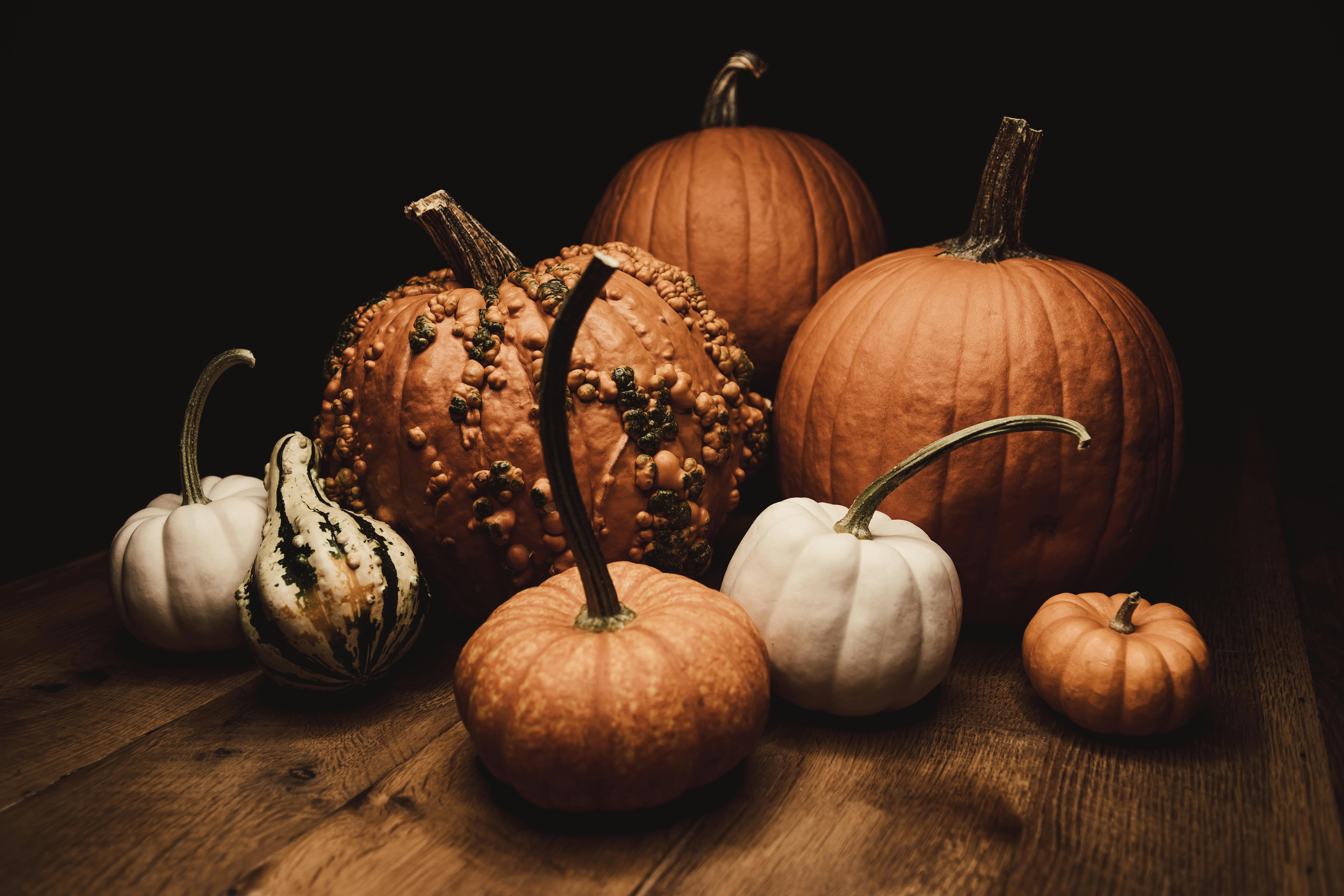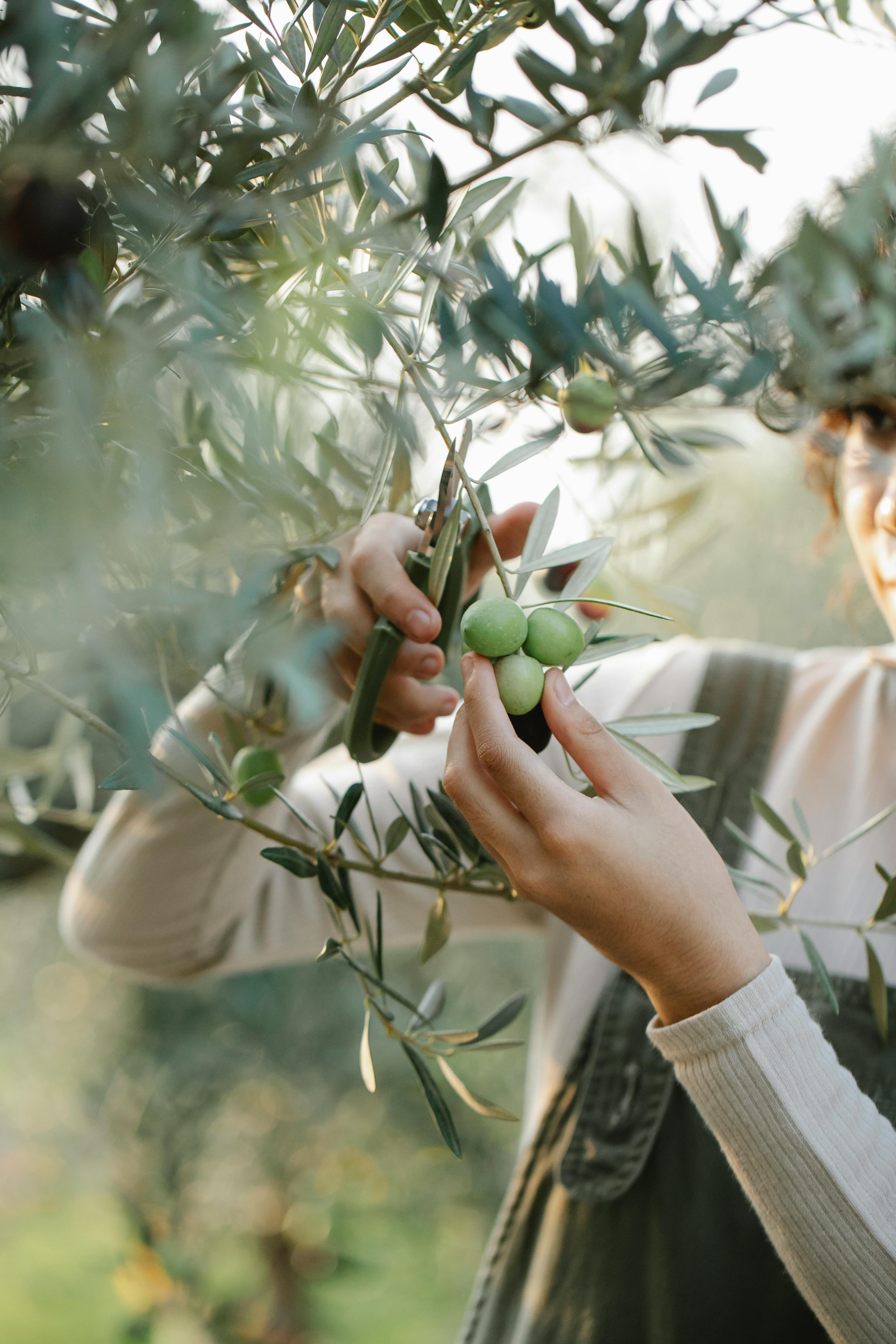You’re in for a treat as we explore the fascinating world of nopal plants and the signs that indicate when they’re ready for harvest. Bursting with vibrant green pads and known for their delicious taste and nutritional value, nopal plants have been cultivated for centuries. In this article, we’ll uncover the telltale signs that indicate your nopal plant is at its prime, and share some tips on how to harvest them effectively. So grab your gardening gloves and get ready to embark on a nopal harvesting adventure!
Signs of a Nopal Plant Ready for Harvest
Whether you are an experienced nopal farmer or just starting out, knowing the signs of when a nopal plant is ready for harvest is crucial to ensure optimal taste and quality of the prickly pear fruit. Harvesting the prickly pear at the right time is essential to enjoy its sweet flavor and reap the many health benefits it offers. In this article, we will explore the ten indicators that can help you determine when your nopal plant is ready for harvest.
Indicator 1: Prickly Pear Appearance
The first indicator of a nopal plant ready for harvest is the appearance of the prickly pear fruit itself. Look for fruits that are plump and full, with a smooth and vibrant skin. An immature prickly pear will appear shriveled or underdeveloped and may not have reached its full potential in terms of taste and texture. So, keep an eye out for fruits that have a healthy and inviting appearance.
Indicator 2: Spiny Glochids
Another key indicator to determine the readiness of a nopal plant for harvest is the presence of spiny glochids. These tiny prickles are found on the surface of the prickly pear fruit and are often a sign that the fruit is ripe and ready to be picked. When the fruit is still developing, the glochids will be less pronounced, making it difficult to remove them without causing harm to yourself. Therefore, ensuring the presence of well-developed and easily removable glochids is crucial before you begin your harvest.

Indicator 3: Plumpness and Firmness
The plumpness and firmness of the prickly pear fruit is another significant indicator of its readiness for harvest. Gently squeeze the fruit, and if it feels soft, it may not be fully ripe yet. On the other hand, if the fruit is too hard, it may lead to a less enjoyable eating experience. The perfect prickly pear should be moderately firm, indicating that it has reached its peak ripeness and is ready to be harvested for its delicious flesh.
Indicator 4: Coloration
Coloration is a visual cue that can give you insights into the ripeness of a nopal fruit. Keep an eye out for fruits that have a vibrant and consistent color throughout their surface. Prickly pears are known for their range of colors, including deep reds, purples, and oranges. However, an uneven or dull color may indicate the fruit is not fully ripe. Aim for fruits that display a uniform color, as it is often an excellent indicator of the fruit’s readiness to be harvested.

Indicator 5: Easy Detachment
When determining if a nopal fruit is ready for harvest, pay attention to how easily it comes off the plant. A ripe fruit will detach effortlessly with a gentle twist or pull, whereas an unripe fruit may require more effort or resistance. Ensure that you do not force the fruit off the plant as it may cause injury to both yourself and the fruit. Wait until the fruit naturally releases from the pad, indicating that it is at its prime for harvesting.
Indicator 6: Areoles
Areoles, the small rounded cushions on the nopal pads, can provide valuable information about the readiness of the prickly pear fruit for harvest. As the fruit matures, the areoles around it will become plumper and more defined. Moreover, they may even change color, becoming slightly darker or redder. If you observe such changes in the areoles surrounding the fruit, it’s a telling sign that the prickly pear is ready to be picked and enjoyed.

Indicator 7: Size
Size matters when it comes to harvesting nopal plants. A common rule of thumb is that larger fruits are typically more likely to be ripe compared to their smaller counterparts. However, it’s crucial to remember that the size of the prickly pear can vary depending on the cultivar. Familiarize yourself with the average size of the fruit for the specific type of nopal plant you are growing, so you can assess the readiness for harvest based on its size accurately.
Indicator 8: Age
The age of the nopal plant itself can also give you clues about the readiness of its fruits for harvest. As a general guideline, most nopal plants start producing fruit within two to three years of planting. However, the precise timeline can vary depending on various factors such as climate, soil conditions, and the specific nopal variety. Keep track of the age of your plant and consult gardening resources or local experts to determine if your nopal plant has reached the stage where it is ready to bear fruit.
Indicator 9: Weather
The weather conditions also play a significant role in nopal fruit readiness. Nopal plants require sufficient sunlight and warmth to thrive and produce ripe fruits. Ensure that your plants are receiving adequate sunlight and are not exposed to extreme weather conditions that could impede the maturation of the fruits. Extreme heat, frost, or heavy rainfall during the fruiting season can negatively affect the readiness of the prickly pear, so keep an eye on the weather patterns in your region.
Indicator 10: Harvesting Time
Timing is everything when it comes to harvesting nopal plants. The ideal time to harvest prickly pears is typically in the late summer or early fall, depending on your geographical location. Monitoring the fruit throughout its growth cycle and paying close attention to the other indicators mentioned above will help you determine the perfect harvesting time. The flavor, juiciness, and sweetness of the fruit are at their peak during this period, so ensure that you harvest your nopal plants at the right time to fully enjoy their delectable taste.
In conclusion, knowing the signs of a nopal plant ready for harvest is a vital skill every nopal farmer should possess. By paying attention to indicators such as prickly pear appearance, spiny glochids, plumpness and firmness, coloration, ease of detachment, areoles, size, age, weather conditions, and harvesting time, you can ensure that you harvest the sweetest and most delicious fruits from your nopal plants. So, keep this guide handy and enjoy the bountiful rewards of a well-timed and perfectly harvested nopal plant.

